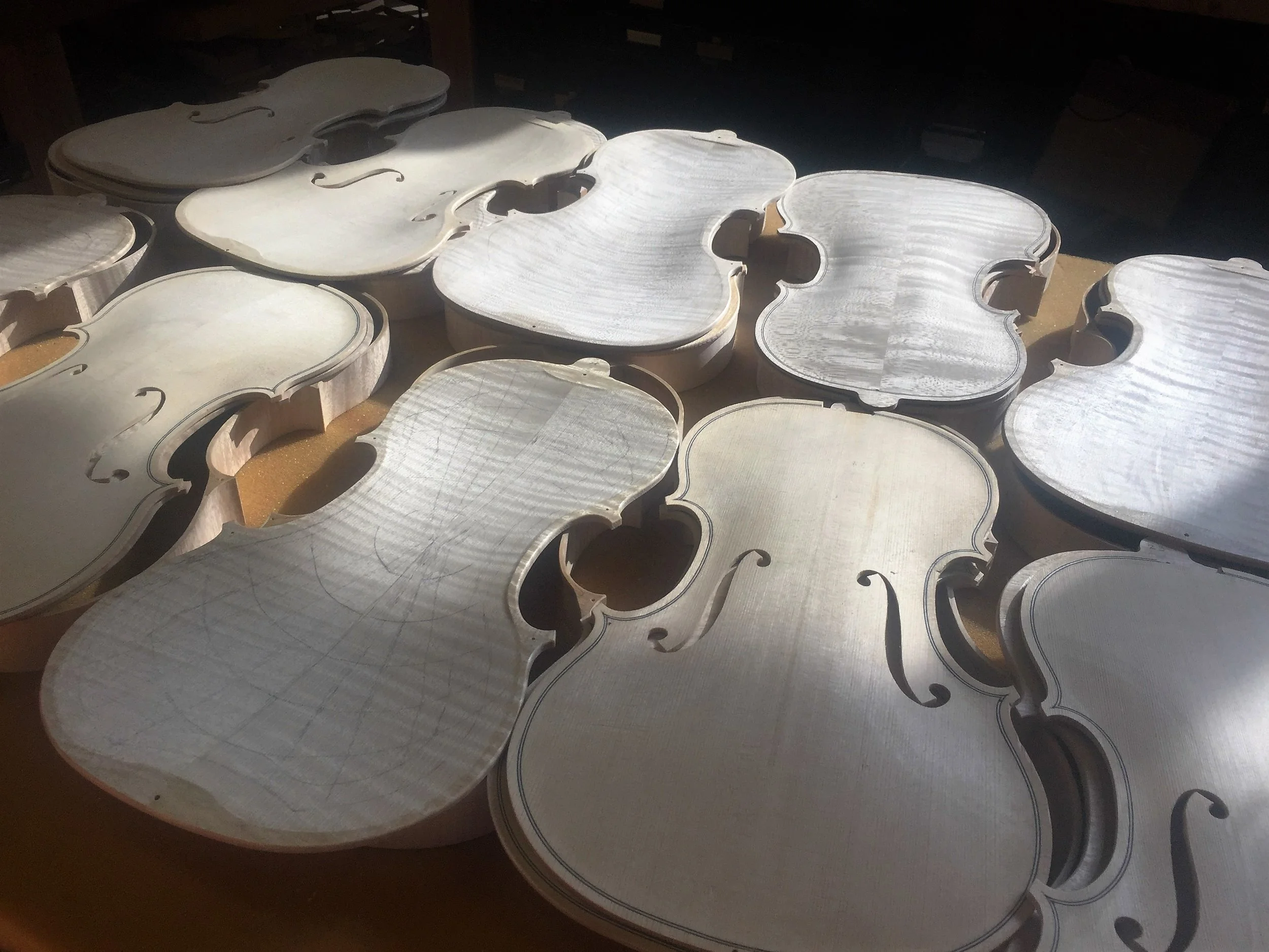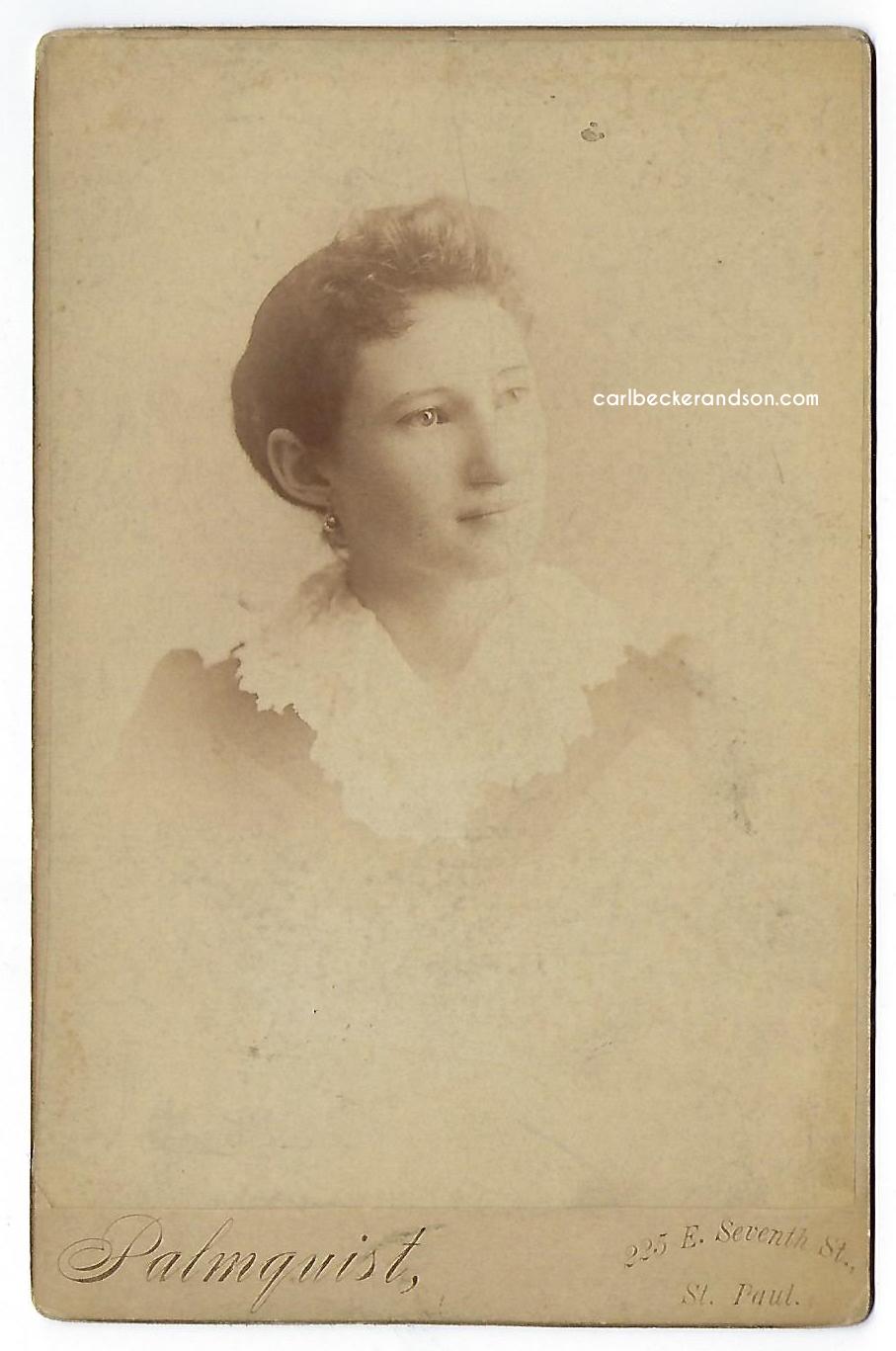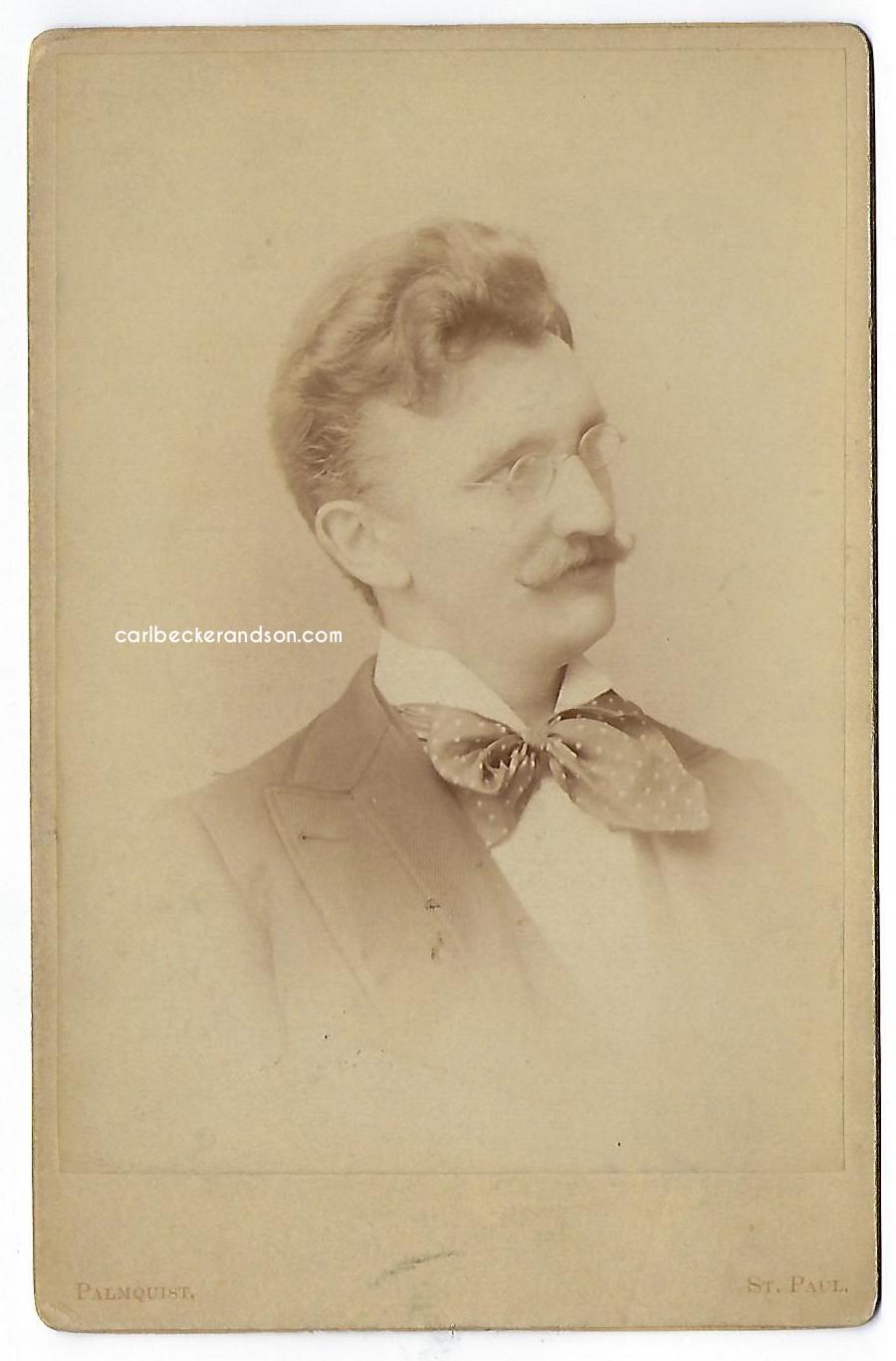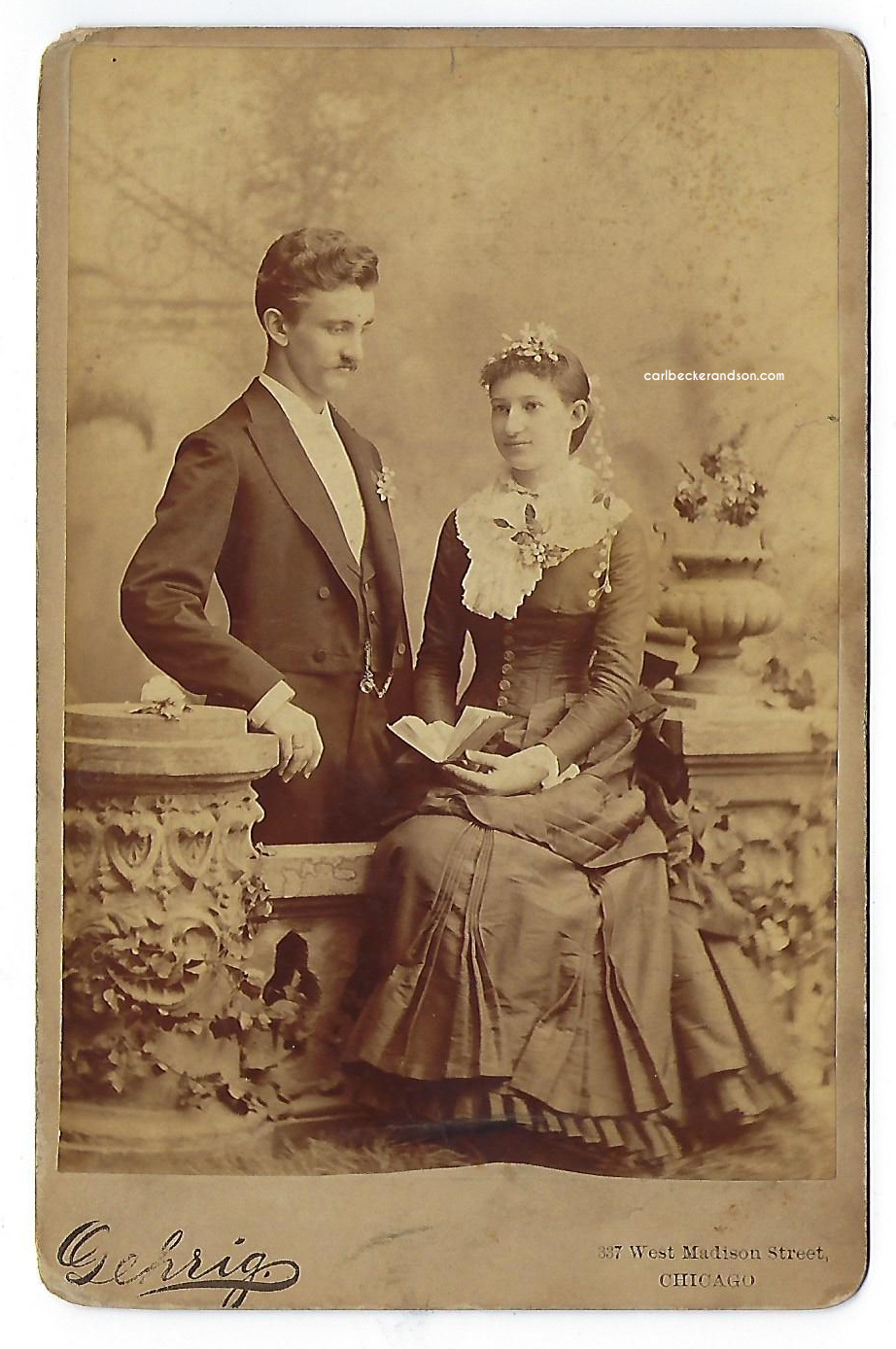It all started when...
The Becker family story begins in Germany the 1800s with Herman Macklett (1834 – 1884). An upholsterer by trade and violin maker by avocation, he was the first to show an interest in making violins.
Macklett immigrated to the United States and was a talented furniture upholsterer. He met Elizabeth Kahlert, whose brother made violins. Herman and Elizabeth moved to downtown Chicago to run a violin and upholstering store--Herman making instruments and Lizzy rehairing bows. Making violins from the 1860s-1880s, Herman would ultimately make about 150 violins, and they are a rare find these days.
Elizabeth Kahlert-Macklett
Unfortunately, The Great Chicago Fire of 1871 destroyed their violin shop. They rescued the most valuable violins by stuffing them into large grain sacks and carrying them across the Chicago river. We currently have a few Herman Macklett violins in our collection.
Herman and Elizabeth had 5 children. One of their children, Adeline Macklett (1865 – 1959) was a well-known pianist. She would later marry a recent German immigrant, Carl Johannes Becker (1858 – 1921), a violinist and teacher.
In Germany, he attended the Stuttgart Conservatory, as well as studied under Edmund Singer and Joseph Joachim. Carl J. became a successful violin teacher, performer, and even concert master. In his lifetime, he became associated with leading professional organizations such as the Bismark Gardens Orchestra, the Chicago Civic Opera Orchestra, and Turner Hall Orchestra.
Carl G. Becker
Adeline and Carl J. had a son, Carl G. Becker (1887 – 1975), whose active career spanned 73 years and encompassed every facet of the luthier’s art. After graduating grammar school at age 13, he apprenticed under a music store owner, William T. Lane, and made his first violin at 14 years old. Soon after, he began to work with Lyon and Healy, under the direction of John Hornsteiner. Once Hornsteiner opened his own violin shop in 1908, Carl G. joined him.
In 1924 he accepted an invitation from William Lewis & Son, a leading Chicago violin dealer, to become master luthier and instrument appraiser, with the understanding that they would allow him to spend summers up in Northern Wisconsin to make instruments...and to fish.
Carl G. Becker
Carl G. Becker
Carl G. married Elsa Toenniges, a pianist. One of their sons, Carl F. Becker, continued the family tradition of violin making.
Carl F. Becker (1919 – 2013) apprenticed for William Lewis & Son after graduating from high school in 1937. He worked there, under his father’s supervision, and quickly established a solid reputation for restoration. He was entrusted with the task of restoring a violin that is thought by many musicians to be the world’s finest: the “Lady Blunt,” a 1721 Stradivarius.
In 1941, he was called into the military service to fight against Nazi Germany in World War II. He ranked second in his Company in rifle marksmanship, with the rating of Expert Rifleman. He was selected, as one of eight men from his Company, for appointment to Officer Candidate School. Carl F. was a First Lieutenant and although he entered the Air Force Reserve with the rank of Captain, he later advanced to the rank of Major.
When he completed his tour of duty, Carl F. rejoined his father at the bench of William Lewis & Son in 1946.
Then, in 1968, Carl G. and Carl F. formed Carl Becker and Son.
Carl F. continued repairing and crafting instruments into his late 90s. He and Geraldine Smetana had 4 children, with 2 continuing the tradition of violin making.
Paul C. Becker joined his father (Carl F.) and grandfather (Carl G.) at the bench when he was 14. Paul worked with his grandfather to complete his first violin. Paul briefly left Carl Becker and Son, Ltd. to begin his own woodworking company specializing in custom furniture. He decided his heart was in violin making and he returned to the family business, although he continues to make custom furniture as a hobby.













